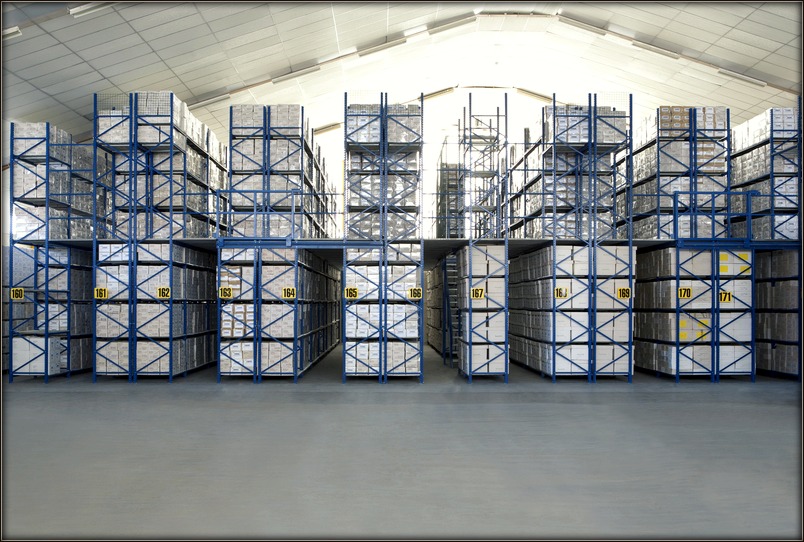Contents
My favourite mantra to live by in days when I have tons of work to do? – Don’t work hard, work smart. It doesn’t matter how much time you spend doing something, if you aren’t focused on doing it right, it will probably take more time than it has to. That rule applies to many other things in life – just because you own a big warehouse, that shouldn’t mean that you shouldn’t organize it properly to maximize the efficiency of your business.
By having a well organized warehouse management system, you reduce the time your customers wait for their products to be shipped, you lift a huge weight off the shoulders of your employees, and you can keep better track of all the products you own and organize them properly. These are just some of the many benefits that come with operating a smartly organized warehouse. However, in order to make it happen, you have to go through a few steps first.

Step 1: Planning and Organizing
Before you start operating a warehouse, you need to plan and organize beforehand. How many products will you store? How big will the products be? Will you be using vehicles? These are some of the questions you should answer before you go any further. The purpose of the warehouse should be to streamline your business. A well organized warehouse should increase the productivity of your employers and help you keep track of their performance, which will give you direct visibility of the efficiency of your workforce. If you are unsure about any of this, consider contacting a company that offers warehouse storage solutions.

Step 2: Consider the Racking System
As I previously stated, a big warehouse doesn’t mean an efficient warehouse. You can save space in many ways, but the most notable one is by utilizing vertical storage capacities instead of floor space. There are many types of racks, like pallet racks, that can be placed as high as the ceiling. Pallet racks are also made from high quality materials, which makes them safe. The safety of your employees and your products should be a top priority for you. Furthermore, they are very affordable, which makes them the top choice when it comes to picking warehouse storage solutions for your business.
Step 3: Evaluation and Flexibility
Errors are bound to happen in warehouse management, so you need to have a team prepared to adapt to the changes in the process. The demands of vendors and customers will vary, which will drive the shipping process. If a problem occurs, the warehouse processes should be reassessed to determine whether a change in procedure will correct the problem. Being flexible is crucial in order to meet the demands on the market.

